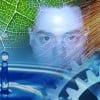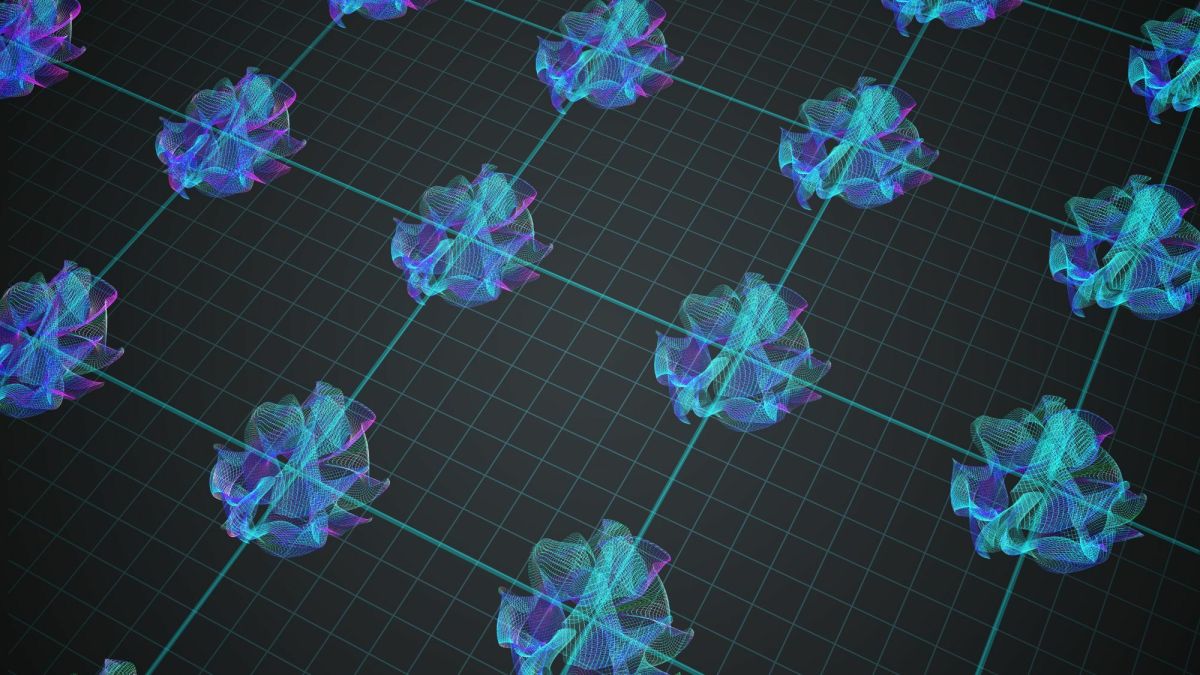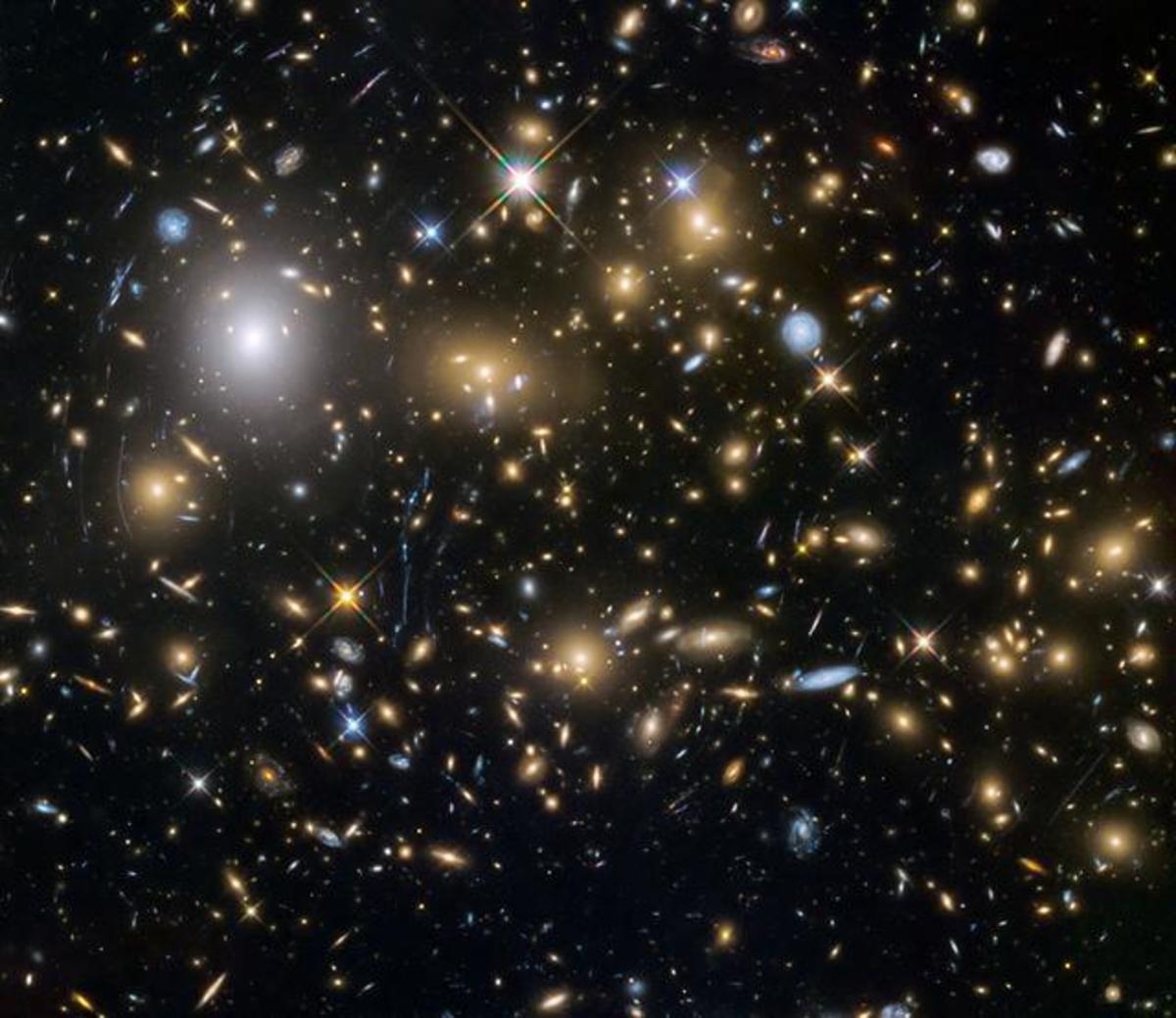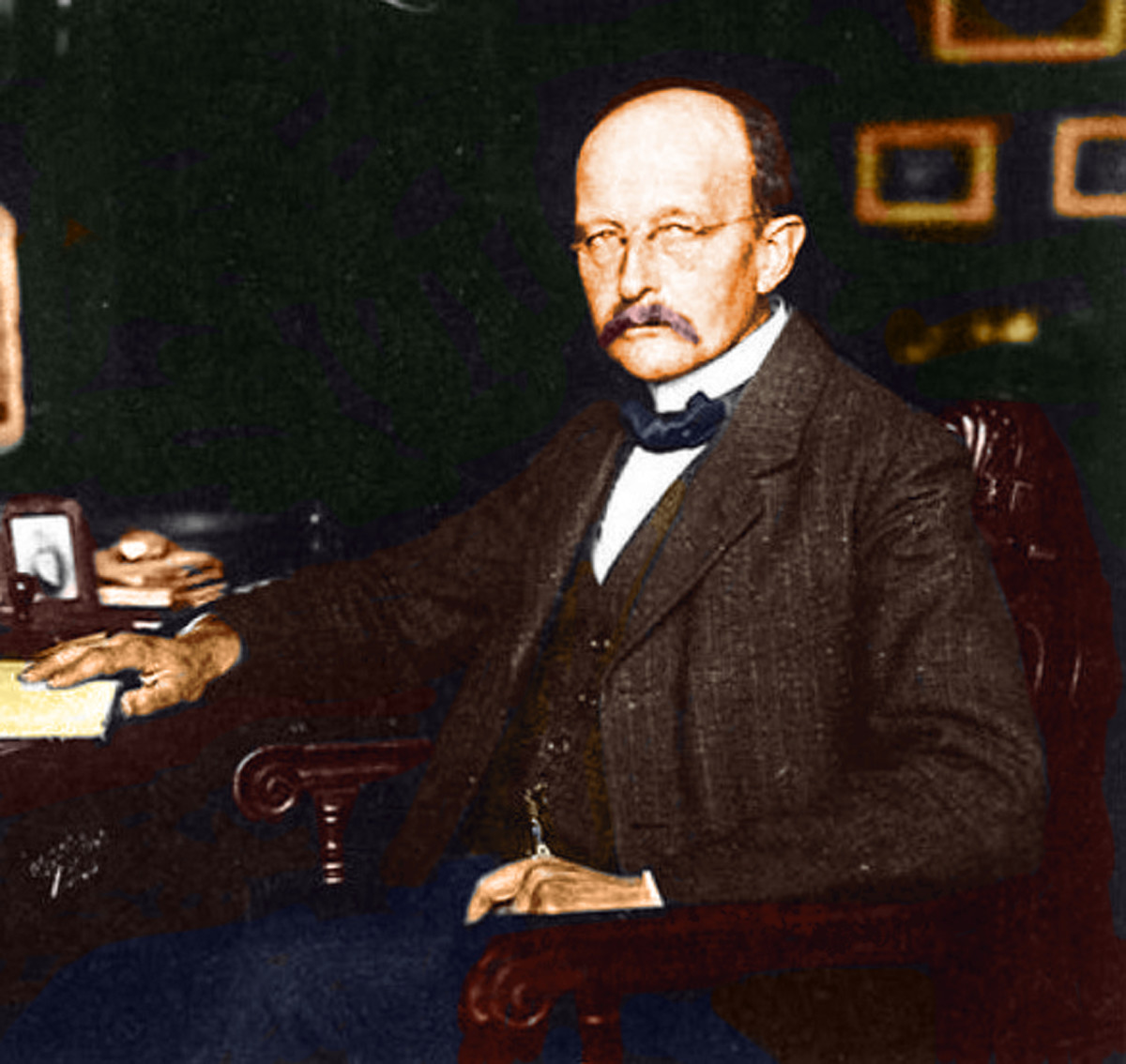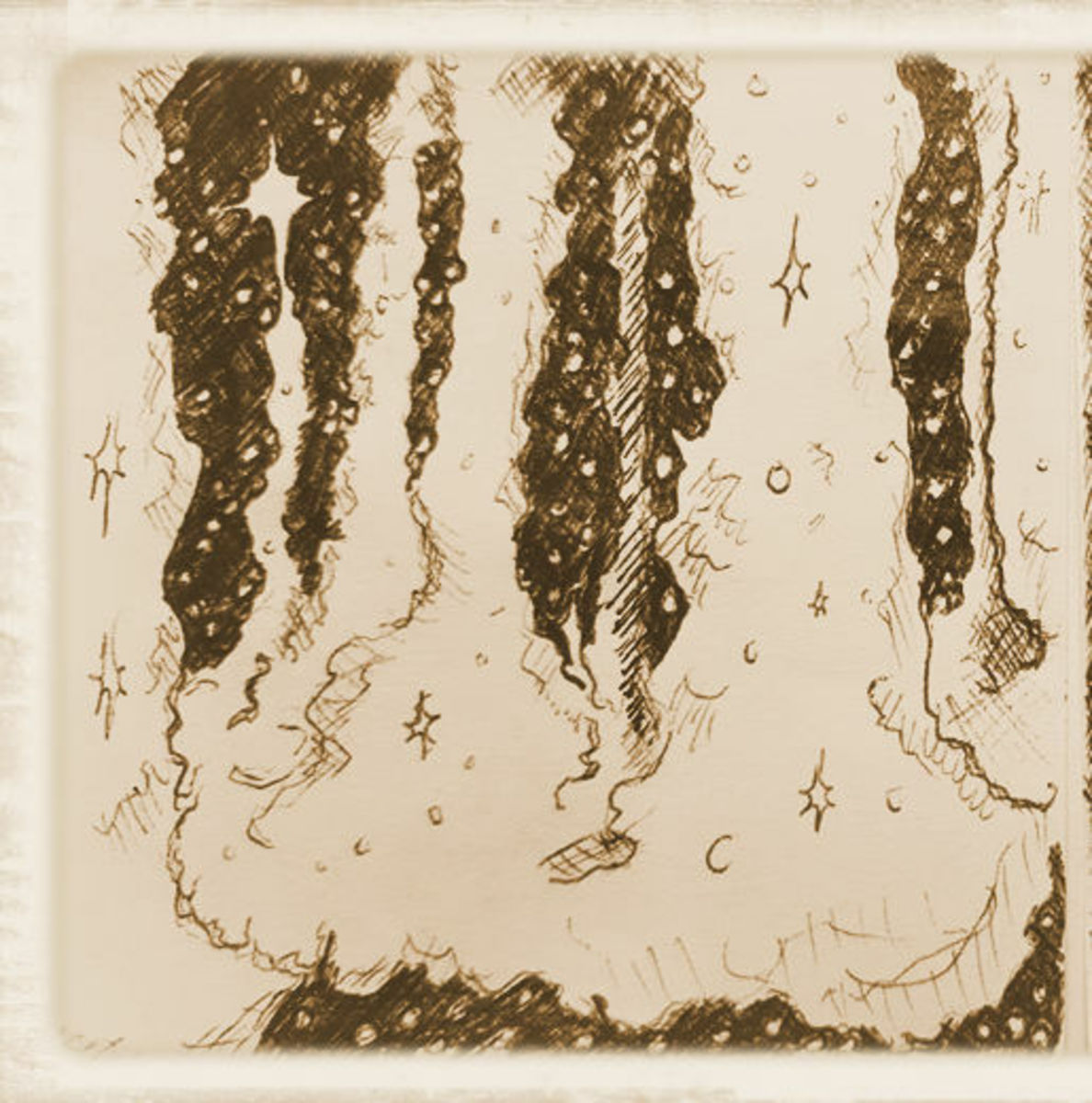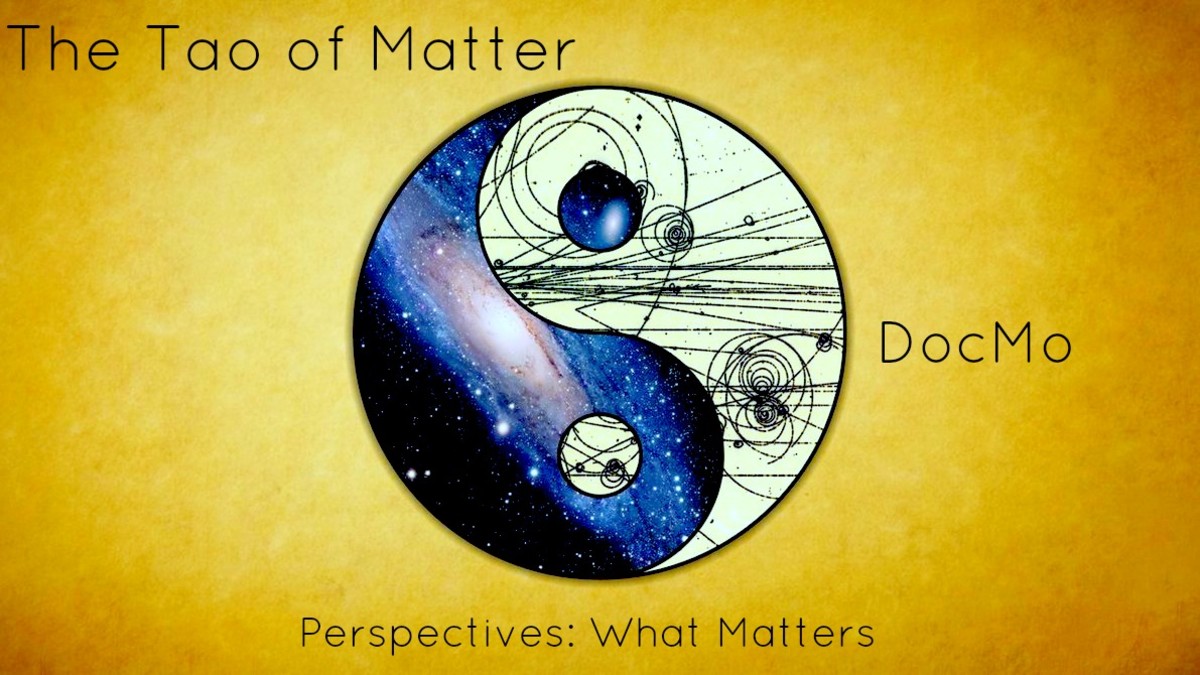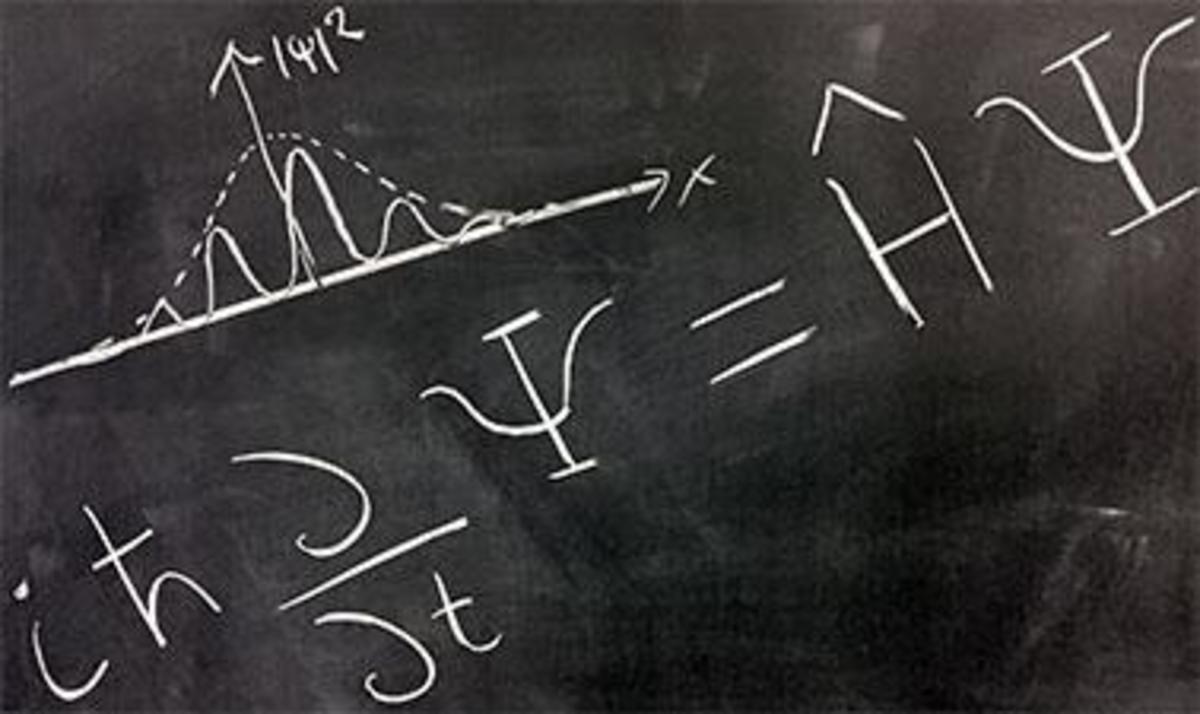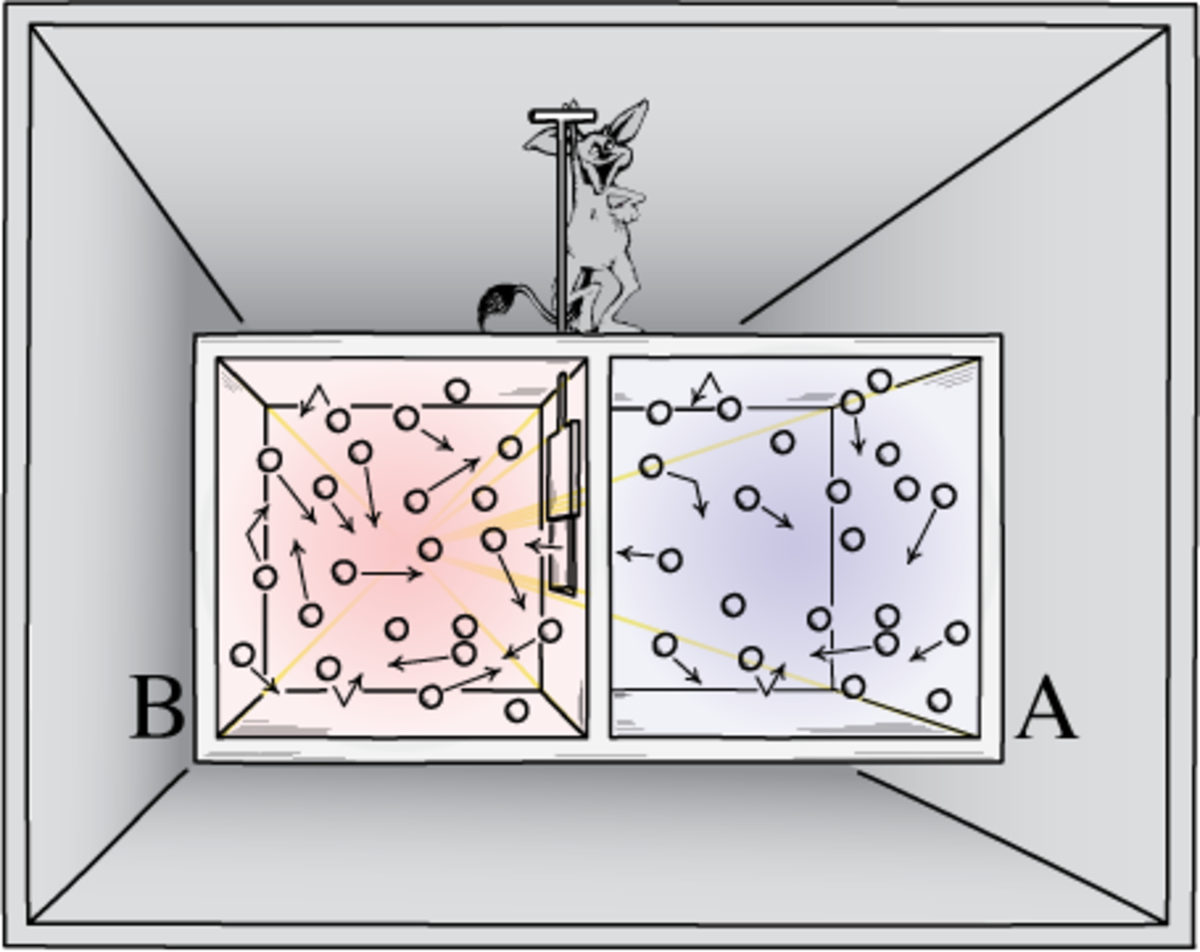Antimatter - What is it?
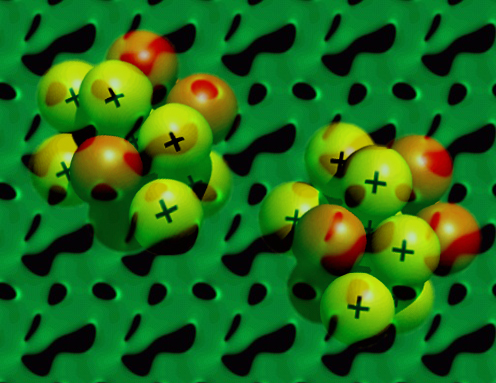
What is Antimatter?
We all know that matter is something “that takes up space and has mass.” So, is antimatter something that doesn’t take up space and has no mass? Well, not really. The basic definition ofantimatter is “A form of matter that is identical to physical matter except that its atoms are composed of anti-electrons (positron), anti-protons, and anti-neutrons.” That's a great definition, but what does it really mean?
Theories and experimentation suggest that every particle has an anti-particle, including light photons, and an anti-particle has an opposite charge of the original particle. But what about particles with a neutral charge, like the neutron? According to the Swiss laboratory, CERN, “Neutrons are made of quarks, and anti-neutrons are made of anti-quarks. Quarks and anti-quarks have opposite charges, even though they sum up to zero in both cases.” And in the case of light particles, “Photons have zero charge and do not contain inside objects that are charged, so a photon can not be distinguished from an anti-photon. Photon and anti-photons are the same thing, i.e. the photon is its own anti-particle.” And another interesting point is that in each case, the masses of the particle and antiparticle are identical, and other properties are nearly identical; there is no real difference between particles and antiparticles in today’s particle physics theories.
How is Antimatter Created?
We know that particles have anti-particles, the proton and anti-proton, the electron and the positron, the neutron and anti-neutron, and so on and so forth. But where does anti-matter come from? How is it made? Where does it exist and how do we find it? One scientist, Gerald Share of a U.S Naval Research Laboratory, says that “Antimatter is around us each day, although there isn't very much of it; it is not something that can be found by itself in a jar on a table." (Britt). Antimatter particles can be created in very high-speed or very high temperature collisions, like in the middle of a star. He also goes on to say, “One example is when a high-energy proton in a solar flare collides with carbon, ‘It can form a type of nitrogen that has too many protons relative to its number of neutrons.’ This makes its nucleus unstable, and a positron is emitted to stabilize the situation.” (Britt). A solar flare in July 2002 created about a pound of antimatter, according to NASA-led research. That's enough to power the United States for two days. All antimatter that exists is counted in individual atoms. Low energy positrons are routinely used in a medical imaging technique called Positron Emission Tomography (PET-scans) as well as studies of important materials used in computer circuits.
Theories Behind Antimatter
One of the most promising theories about antimatter is the Big Bang Theory. “In the first seconds after the Big Bang, there was no matter, just energy. As the universe expanded and cooled, particles of regular matter and antimatter were formed in almost equal amounts. But, theory holds, a slightly higher percentage of regular matter developed for unknown reasons. That was all the edge needed for regular matter to win and produce what we see today.” (Britt). Present theory suggests that if particles outnumbered antiparticles in the Big Bang by as little as one part in 100 million, then the universe could be described by those extra particles that were not annihilated by its antiparticle counterpart.
A significant basis for antimatter theory is Einstein’s famous equation E=mc2. Simply put, if you could convert all of the energy contained in 1 kg of anything, you could “drive a car for about 100,000 years without stopping!” (CERN). Put 1kg into Einstein’s equation, and the resultant amount of energy is 25,000,000,000 kWh. This is where antimatter comes in. A particle and its anti-particle have opposite charges, so they are attracted to each other. When the matter and antimatter come into contact, they “annihilate” each other and convert directly into pure energy. So, if there was antimatter here and all around us, it would seek out its material opposite and ‘annihilate’ in a flash of light and energy. (CERN).
What or Who Started it All?
In 1905, Albert Einstein developed his theory of special relativity, which explained the relationship between energy and matter. Max Planck, through his research of the behavior of light, concluded that since light sometimes behaves like a wave and sometimes like a particle, that light comes in pieces called ‘quantum.’ Because of Planck’s work, scientists Erwin Schrodinger and Werner Heisenberg were able to come up with the new quantum theory of physics. The only problem with their quantum theory was that it did not follow Einstein’s theory of relativity. Their theory only worked for slow speed particles and failed when the speed’s neared the speed of light.
In 1928, with a British physicist by the name of Paul A.M., Dirac came up with a new theory for the motion of electrons in electric and magnetic fields that solved Schrodinger and Heisenberg’s problem. Dirac’s equation included the effects of Einstein's Special Theory of Relativity. The equation worked very well in describing the motion of electrons; so good in fact, that it led to a prediction of the existence of anti-particles made out of antimatter. Just as the equation x2=16 can have two solutions, so did Dirac’s equation. Dirac concluded that there must be anti-particles.
Just four years later in 1932, proof of antimatter was found. Swedish born physicist Carl Anderson discovered a new particle during is research of cosmic rays (which he won the Nobel Prize for in 1936). He saw a track mark left by a particle, but it was something positively charged that had the same mass as an electron. After a year of research, he finally decided that they were anti-electrons. He gave it the name positron for its positive charge.
The search for the possible constituents of antimatter began, and 22 years after Anderson’s discovery, in 1955, an antiproton was produced at the Berkeley Bevatron. The Bevatron could collide two protons together at an energy of 6.2 GeV, expected to be the optimum for producing antiprotons. Meanwhile a team of physicists, headed by Emilio Segre', designed and built a special detector to see the antiprotons. It only took an additional year to discover the anti-neutron. (CERN).
In 1965, the question of anti-nuclei was answered with the discovery of antideuteron. Antideuteron is a nucleus of an anti-proton and an anti-neutron. Scientists later attempted to make anti-atoms by adding electrons to the nuclei. It wasn’t until 1995 that team of German and Italian physcists created the first anti-hydrogen atom at the CERN research facility. They combined an anti-proton with a positron (a normal hydrogen atom consists of one proton and one electron). Although only 9 anti-atoms were made, the news was so thrilling that it made the front page of many of the world's newspapers. The discovery of anti-hydrogen in conjunction with known percentages of hydrogen in the universe led to theories of anti-worlds and anti-universes.
Anti-worlds? Anti-Universes?
Science fiction has always been able to predict future technology, and inspire today’s scientist. After the discovery of the positron, many science fiction authors wrote books that involved antimatter in one way or another. Countless parables began to be written that contained antimatter propulsion devices and weapons. Isaac Asimov even came up with a fictional ‘Positronic brain' for one of his science fiction stories. With these fictional inspirations scientists are able to take technology to new levels and make new discoveries.
Scientists have proposed ideas suggesting the creation of anti-worlds just after the big bang. “Dirac himself was the first to consider the existence of antimatter in an astronomical scale. But it was only after the confirmation of his theory, with the discovery of the positron, antiproton and antineutron, that real speculation began on the possible existence of anti-worlds.” (CERN).
The scientists are searching for positrons or even possibly anti-nuclei. More significantly, the discovery of an anti-carbon nucleus could mean that anti-stars exist, because carbon and heavier elements are created only within stars. Most scientists agree that everything as far as 20 million light years from us is all composed of matter. So, the search for antimatter extends beyond 20 million light years away.
In 1998, MIT launched a machine into space call the Alpha Magnetic Spectrometer (AMS) to try to detect any errant bit of antimatter that finds its way through the billions of light years to our side of the universe. The detector is made from a huge and powerful permanent magnet" and took scientists from 37 research institutions three years to build. Observation of positrons may give some clues about why the mass of a galaxy seems to be greater than the mass of all its visible stars, gas and dust. Antimatter particles from these galaxies could theoretically move in trajectories around intergalactic magnetic field lines, bouncing from one galaxy to another, slowly making their way toward Earth, needing only the right detector to make their presence known. Scientists are hoping the AMS is that detector." (Halber). The discovery of any particles in space could revolutionize the way scientists think about matter today.
Antimatter Production and Usage
Laboratory particle accelerators can produce high-energy antimatter particles, but only in very small amounts. Around a billionth of a gram or less is produced every year globally. As well as being hard to make, it is also very hard to store. Usually, it takes a complex array of magnetic and electric fields in a vacuum to hold anti-matter particles. And even then, they don’t last long enough to be put to any use, unless you can hold the vacuum for a long time because as soon as they come into contact with a piece of residual matter, they will annihilate.
Low energy positrons are routinely used in a medical imaging technique called Positron Emission Tomography, or the PET scan. The positrons are created through the decay of radioactive material. A positron that's produced by decay almost immediately finds an electron and annihilates itself into two gamma rays. These gamma rays move in opposite directions, and by recording several of their origin points an image is produced. (Britt). The only other current use for antimatter is for research purposes.
What does the future hold for antimatter?
The most popular theorized idea for the use of antimatter is its use as a propulsion device for space rockets. As of right now, it’s just not probable. “In reality, making antimatter is so difficult that it is hard to foresee it ever being used as a propellant fuel. In order to propel a matter spacecraft weighing several tons up to the speed of light, you would need an equal amount of antimatter and, using the present technology, it would take millions and millions of years to produce a sufficient amount.” (CERN).
With all this talk about antimatter, and ‘Star Trek’ propulsion devices, you’d think that we’d be able to easily travel through space. But at current production levels and with our current technology, it’s not likely that we’ll be going to Jupiter anytime soon.
References
Britt, Robert Roy. The Reality of Antimatter. September 29, 2003. Space News Online.
CERN. Antimatter: Mirror of the Universe. CERN Labs Journal.
Halber, Deborah. Shuttle Experiment Tries to Detect Antimatter. June 3, 1998. MIT News Office.
Kurtus, Robert. Antiparticles. December 31, 2008. School for Champions. April 03, 2011
This content is accurate and true to the best of the author’s knowledge and is not meant to substitute for formal and individualized advice from a qualified professional.
© 2011 Christopher Wanamaker
